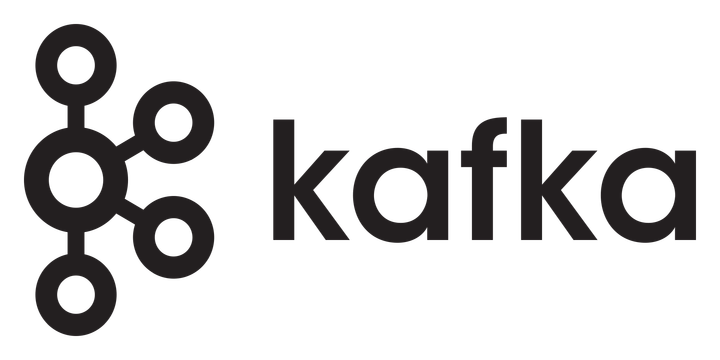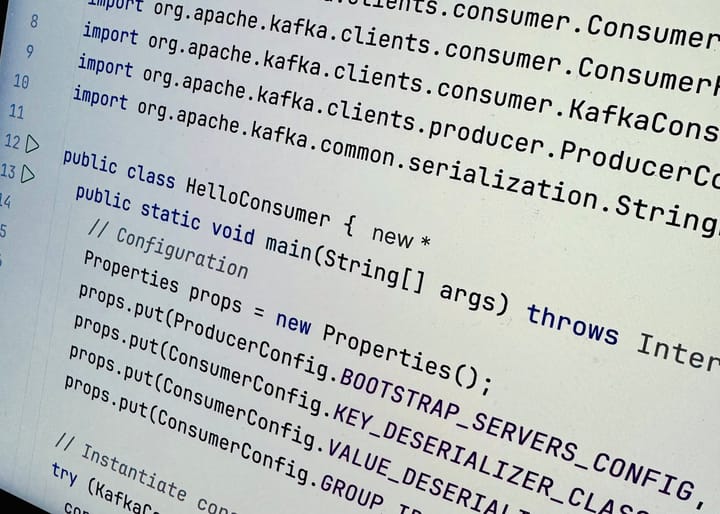This post is intented to give a high-level description of the basic components of Apache Kafka® (Kafka) for someone that is entirely new to it, and that is sufficient to get building. For significantly more detail and nuance, refer to the official documentation.
Records
Records are the fundamental units of data in Kafka. They describe the idea that something happened, i.e. events, and are immutable data structures containing some combination of data and metadata.
A record key denotes a grouping of records; records with the same key will have their order preserved by kafka. Records with different keys may not. A record value is the business data of a record. Both keys and values are, strictly speaking, optional.
Topics and Partitions
Topics are partially ordered sets of records, consisting of partitions which are totally ordered sets of records. Partitions allow parallellism and can be freely added, but not non-destructively removed from a topic. Records in a topic are allocated to partitions based on hashing their keys, meaning all records with identical keys will appear in-order on a single partition. The partition head corresponds to its end, and the tail corresponds to its beginning.
A record is uniquely identified by its partition number and offset. In other words, a record key does not identify a record. The partition number identifies a partition within a topic, and the offset identifies a location within a partition.
Producers and Consumers
A producer publishes (appends) events to at least one topic. A consumer reads events from at least zero topics. A single entity can be both a producer and a consumer on the same or different topics. Neither producers nor consumers can change or remove records on a topic.
Consumer Groups and Offsets
Consumer groups are sets of consumers used for load-balancing. A consumer group is assigned to a topic, and exactly one consumer within the group is assigned to every partition within that topic. There can be more or less consumers in a consumer group than partitions in a topic. Consumers can be arbitrarily added to- and removed from consumer groups with little consequence.
The low-water mark and the high-water mark are particular offsets in a partition that inform a consumer group which parts of a partition that are available for consumption.
Consumers will commit offsets upon consuming a (batch of) record(s), i.e. declare to the cluster that every record up to (not including) the commited offset on a partition has been consumed. In the event that the consumer is replaced the new consumer will know where to pick up. Different strategies for commits will yield different guarantees, e.g. at least once or at most once.
Brokers and KRaft
A deployment of Kafka consists of broker nodes organized in a cluster. The primary function of a broker node is to host partitions. Exactly one broker in every cluster gets appointed to controller, which is responsible for e.g., topic and partition management, and consumer-partition assignments. Consumers and producers are external to the Kafka deployment itself.
KRaft (Apache Kafka Raft) is the consensus algorithm used to coordinate responsibilities between different brokers n a cluster.
Summary
This is very much a crude overview, and while I believe it suffices as a starting point, I would recommend everyone read the official documentation at some point.


